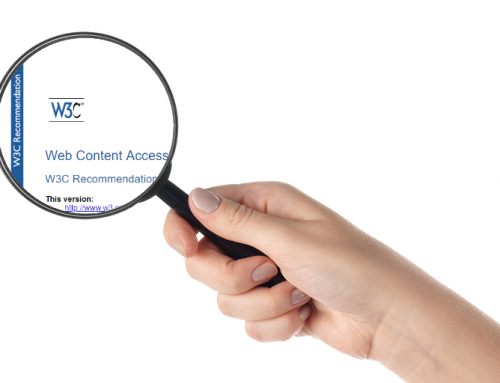Up until recently, if a client wanted a heuristic or “expert” review, I would frequently offer a nicely formatted Word report, organized by general topic area, including a description of each issue, screen shots and recommendation call-outs. Simultaneously, I have also conducted many training sessions over the years, and I have amassed hundreds of PowerPoint slides covering a wide range of UX topics that I update frequently.
In the last six months I’ve had opportunities for all sorts of expert reviews. Some of these requests have focused on usable design, and others have focused on where accessibility best practices have or have not been met. Still others have focused on where pages are optimized for search engines and where they fall short. In some cases, it’s all of the above. Also, frequently, I have analytics data to overlay the heuristic review and provide additional support when needed, and in other cases, I don’t. Sometimes I have ForeSee or other web survey data to pull in for support as well, and other times this is not collected.
My preferred heuristic review approach now, after meeting with the client and discussing their needs, is to pull out and adapt slides from the various training slide sets into a custom PowerPoint deck suitable for training so that this final custom deck becomes the set of heuristics to match the client needs. I then overlay my findings throughout the deck so the deck becomes a training tool as well that not only defines the problems and provides appropriate solutions, but also incorporates how these problems fall into the larger scope of usability best practices and user experience in general.
For the most part, I’ve found this method to be relatively quick, easy to absorb by the client, and allows me to back into some training instead of simply offering a debrief of findings.
Should you take this approach? It’s certainly most effective if you already have prepared best practices slides available. However, given enough time and enough similar projects, you’d likely be able to produce some reusable training-type content that can then be overlaid with actual site findings.
Image Courtesy of bikeriderlondon/Shutterstock








